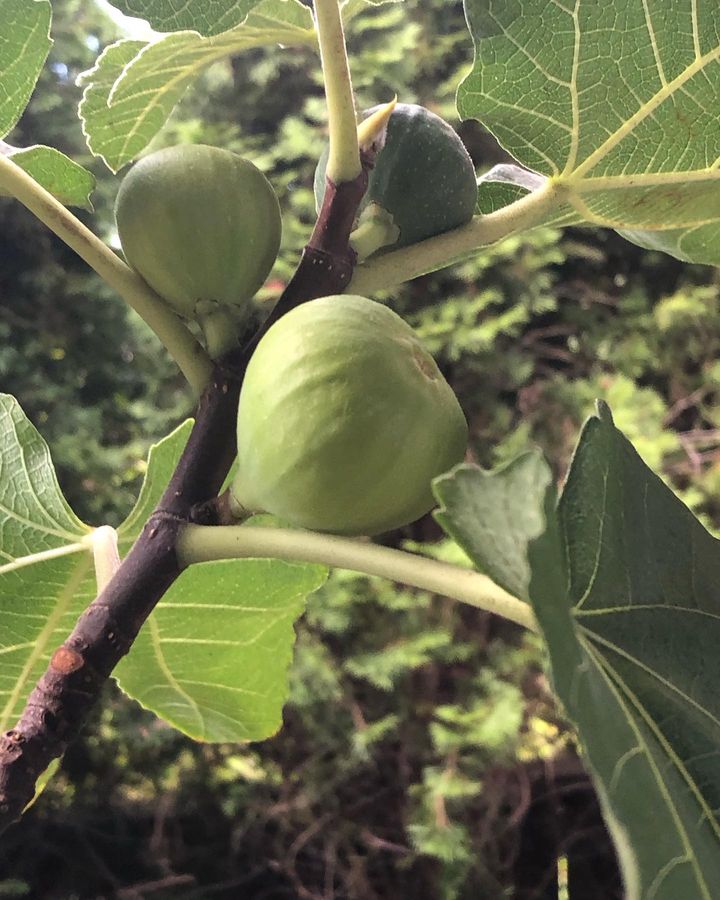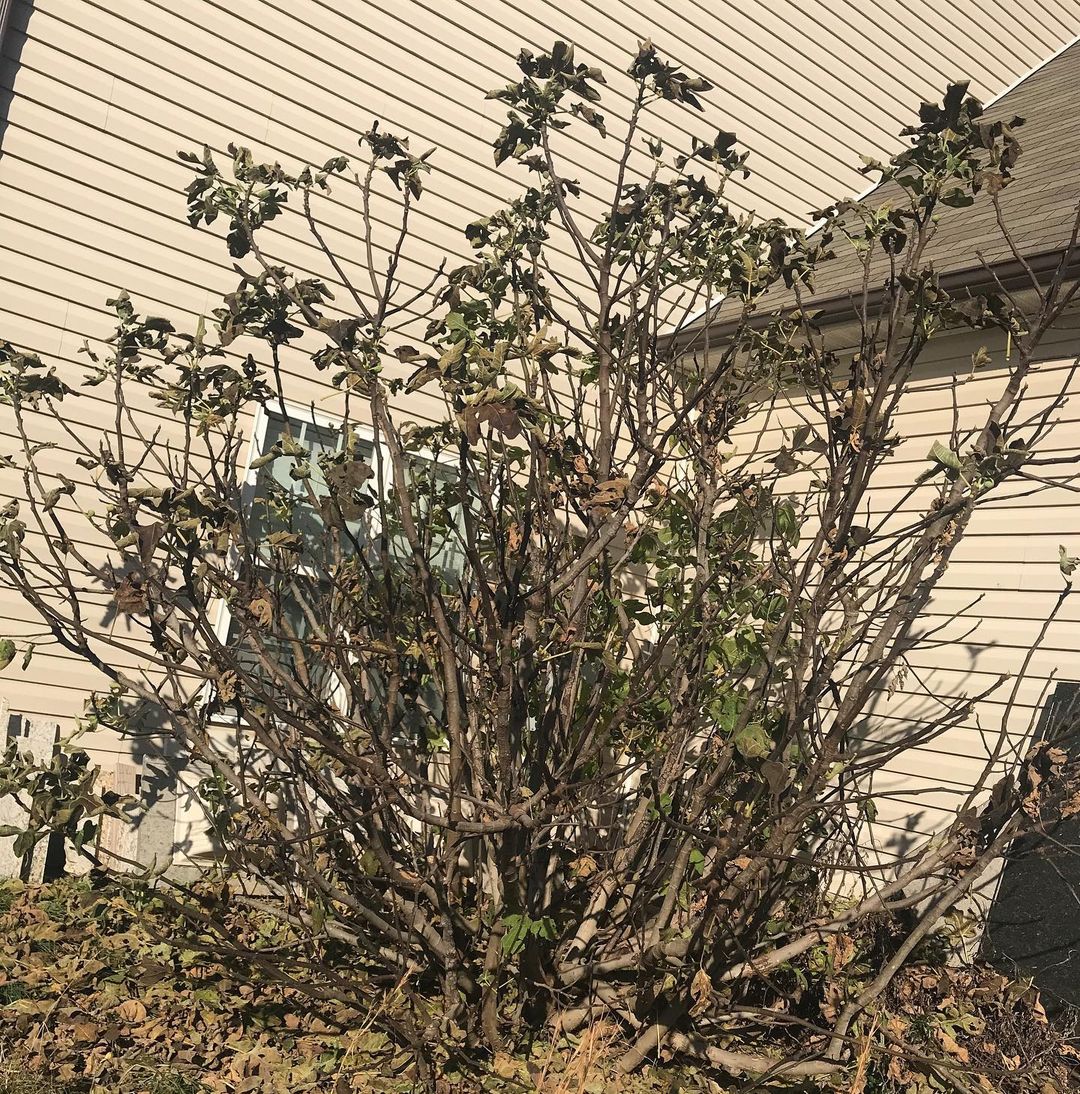A dormant Fig tree looks like the dead, so it is essential to differentiate between a dead and a dormant Fig tree.
Table of Contents Show
How Can You Tell If A Fig Tree Is Dormant?
Fig tree (Ficus carica) can go dormant, but the duration and level of dormancy vary based on climate, variety, and growing conditions.

Usually, the Fig tree goes dormant in the winter seasons.
You can recognize the dormancy in Fig trees with the help of the following characteristics.
- Leaf drop: The Fig tree is deciduous and drops its leaves during winter as it goes dormancy. Similarly, the tree remains leafless throughout the winter.
- Temperature influence: The arrival of dormancy is highly influenced by the surrounding temperature. The plant enters dormancy in low temperatures and shorter day lengths.
- Reduced growth: If you see a reduction in the growth of Fig trees, it may be a sign that your Fin tree has entered dormancy.
- Pruning: It will be a wise decision if you prune the branches of your Fig tree during the time of dormancy. It would be easy to prune because you can see the true structure of the tree.
- Soil moisture: If the soil under the tree is consistently moist, know that your Fig tree has undergone dormancy. Furthermore, provide less water than the regular during this time.
- Timing: You can also realize the dormancy of the tree by timing, as the Fig tree usually goes dormant during the months of winter.
What Does A Dead Fig Tree Look Like?
A dead fig tree looks very different than a healthy living tree. It’s because living activities like photosynthesis, food transfer, etc., totally stop in a dead tree.

Moreover, you will notice the leaves you will see them turning brown and falling. You can also see leaf spots in some cases.
Additionally, you can easily break the branches and twigs of your dead Fig tree. In contrast, healthy Fig branches are hardly breakable.
Furthermore, you won’t see new growth as the dead fig tree looks like a weak and severely diseased tree.
You will not see any fruits on the dead Fig tree. Even if you see one, it may be dried or damaged.
In contrast, a healthy, living tree has new growth, sprouts, and fruits on it.
Thus, the dead Fig tree looks brown and black with no sign of life. Even the roots in this type of tree are exposed out of the ground.
Tips To Take Care Of Fig Tree In Winter
It’s essential to take care of your Fig tree in winter to ensure its health and productivity.
Here are some tips to take care of your Fig tree in winter.
- Mulching: Apply a dense layer of mulch around the base of your Fig tree to insulate the soil and prevent temperature fluctuations.
- Watering: Provide Fig tree with 1 inch of water weekly. However, do not overwater it, as the plant may show symptoms like yellowing and browning.
- Fertilization: You can fertilize Fig trees thrice a week in late Winter with slow-releasing balanced fertilizer.
- Pests and diseases: Fig tree is susceptible to pests and diseases, including Scale, Spider mites, Leaf spots, and Root rots. Furthermore, apply Neem oil to inhibit their growth.
From Editorial Team
Conclusion!
It’s impossible to bring a dead Fig tree back to life, but you can revive a severely damaged tree by providing favorable conditions.
So, you can propagate a Fig tree using its cuttings or seeds.


